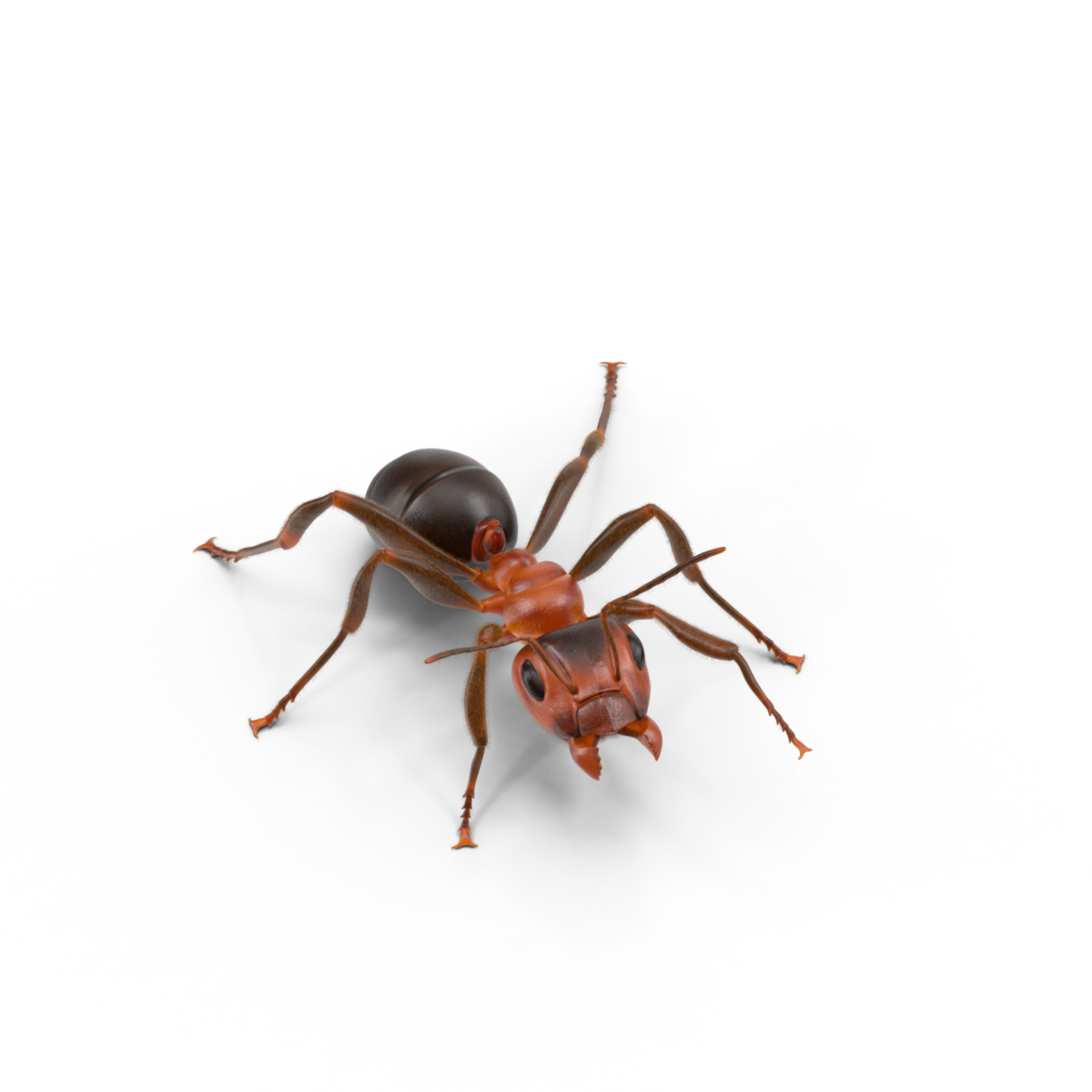Why You Should Stop Ants in Their Tracks
It’s a common sight in Missouri homes to have an ant or two on the kitchen counter top. You might not want your guests to see it, but it’s a problem a lot of folks have. The problem is that ant colonies grow, and a couple of ants on the counter can be a trail 100 long in a week.
If you’re dealing with various ant infestation issues on your property or in your business, it’ll be worth your time to learn more about these pests. What ants eat, what kinds of habitats they like, and how much damage they do, are important pieces of information to have in your ant defense arsenal.
Kinds of ants you’ll find in Joplin, Missouri
Below are a few kinds of ants common in Missouri, Kansas, and Oklahoma. It’s important to identify the sort of pest you’re dealing with, so you can understand its behaviors. A complete list of Joplin area ants and their descriptions can be found on Bug-a-Way Pest Control’s website.
1. Carpenter Ants
According to Pestworld.org, carpenter ants are commonly thought to feed on wood. While this notion is incorrect, they do damage wood when they tunnel into the material in order to create a living space for their colony. If your house is in the path of these ants, they can become a serious nuisance. They can hurt the weather proofing of your house and do costly structural damage.
Carpenter ants are attracted to moist wood surfaces, preferably with fungus already softening the board. Carpenter ants require a water source to survive. Although the ants typically start boring in moist, damaged wood, once a colony is established they will begin attacking fresh wood.
Carpenter ants vary in length from 3/16 inch to a 1/2 inch with a brownish head and thorax and black abdomen. They will forage 300+ feet from their nest in order to forage. Colonies have a single queen and worker ants swarm after the colony has been established for two years. Most colonies have between 10,000-20,000 members.
2. Pharaoh Ants
Pharaoh ants are yellowish in color and are attracted to sweets, oils, and proteins. In northern areas of the U.S. they cannot survive outside year round, making your house a prime target for colonization.
These ants tend to move into food handling areas such as restaurants and hotels. Unfortunately, these ants have contributed to the spread of germs and diseases, including salmonella, according to Pestworld.org. They have also presented issues for hospitals, as they can be attracted to open wounds.
Your options to prevent an infestation before it happens are to seal small openings in your house or business, keep crumbs off floors and counters, eliminate outside sources of water, and keep plants and trees away from your house.
3. Pavement Ants
Pavement ants are so named because of their habit of living in cracks in the sidewalk, masonry walls, or under rocks. These little dark brown to black ants, are known to eat almost anything. And yes, they will move into your house. Pavement ants forage up to 30 feet from their nests in search of food and moisture. These have stingers and may use it if you are in close proximity to them, such as sitting on the ground.
Pavement ants have multiple queens and typically live underground. This can present a challenge for controlling them. Your best bet for preventing them is to remove sources of water around your home. It is also important to keep plants (including trees) cut away from your home.
4. Odorous House Ants
Odorous house ants are familiar sights in kitchens and bathrooms. They are named for the stinky smell they make when crushed. These ants’ favorite food is honeydew. However, they are attracted to anything sweet. They will quickly swarm anything with sugar left out in your kitchen. Once odorous house ants are in your cabinets, you’ll be throwing away lots of foodstuffs.
As with other ants, odorous house ants rely on a source of water. They seek out moist areas such as underneath sink faucets. Odorous house ants are known to move their nests frequently, which can make them difficult to target for removal.
The most common reason these ants move into your house is plants touching your home. Keeping plants and water sources away from the base of your house will limit the likelihood of your house becoming infested.
What if preventative measures don’t work?
Ants can cause frustrating property damage, spoil your food, and potentially spread disease. They can be persistent and potentially colonize your house despite your best efforts. At Bug-A-Way Pest Control, we can offer you a range of solutions to get control of the ants around your property.
